Tocco Report: Biopolymer Realities
Signals, Failures, and Viable Paths in Today’s Biopolymer Market
Let’s be clear: biopolymers are not the answer to plastic. But they are the most material shift happening in plastics today. Biopolymers are a wide class of polymers that are either made by living organisms or derived from biological feedstocks — from corn, cassava, algae, sugarcane and wood pulp to microbial fermentation processes. Some are biodegradable. Some are industrially compostable. Others are simply bio-based versions of conventional plastics, behaving identically but sourced from plants instead of petroleum. This isn’t a new idea — but what’s new is the pace, pressure, and scale.
This report doesn’t celebrate “green” plastics. The Tocco team aims to map the current biopolymer field with precision. We hope to outline core material families and compares them on what really matters: performance, processing, compostability, regulation, and commercial relevance.
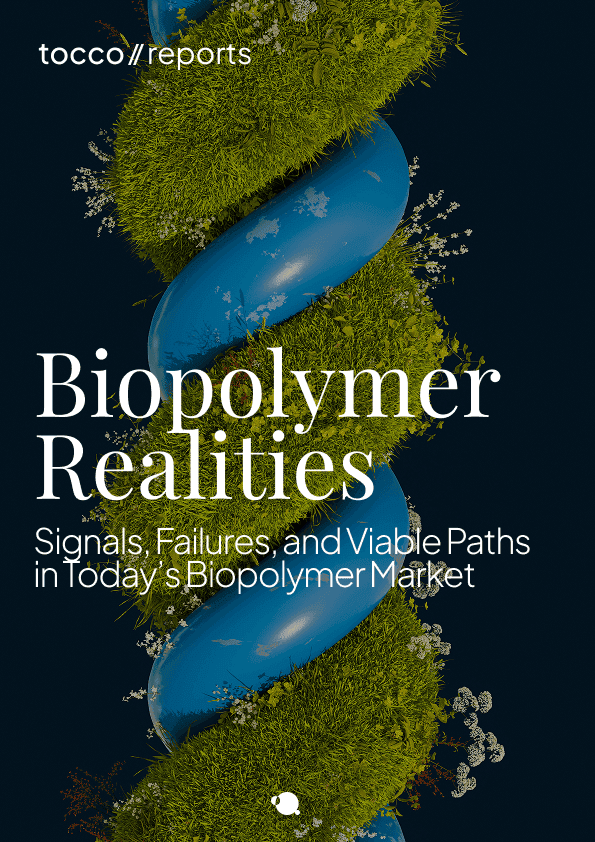
Explore This Report
Start with the Free Version or unlock the Full Report with deeper insights, case studies, and extra content.
- PLA Overview & Performance Limits
- PHA Overview & Novelty - Bacterial synthesis
- Starch Polymers, Pros & Pitfalls
- Protein-based Polymers
- Cellulose-Based
- Crustacean-Derived & Fungal Innovations
- Algae-Derived Polymers
- Synthetic Biopolymers & Novel Pathways
- Glossary
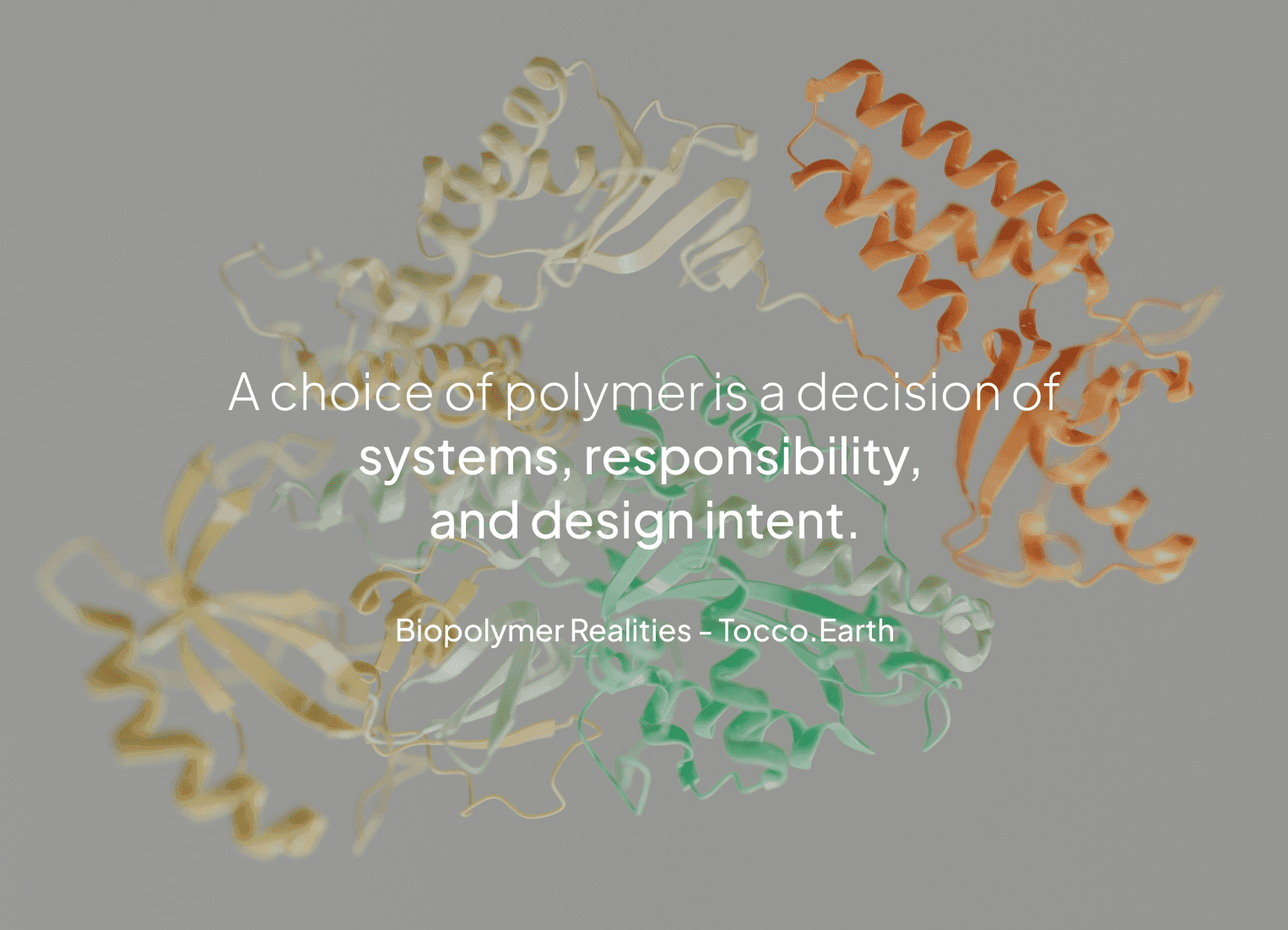
Materials in focus
Explore the innovative materials shaping the future
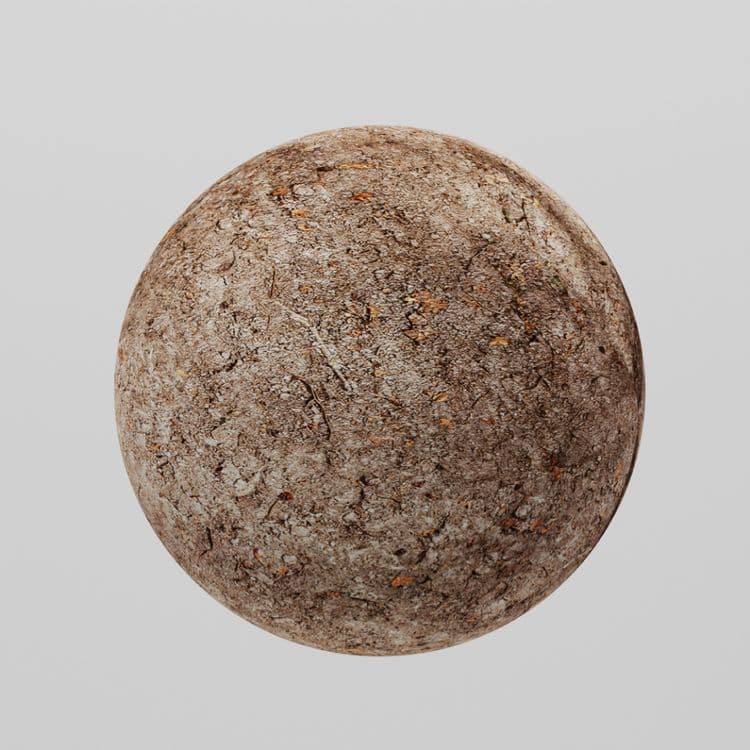
Biodegradable
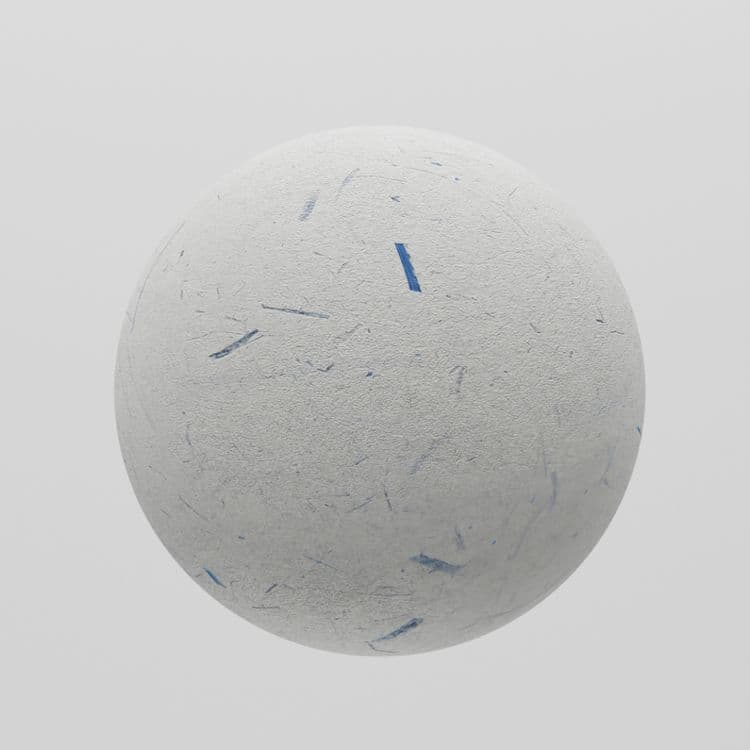
Recycled
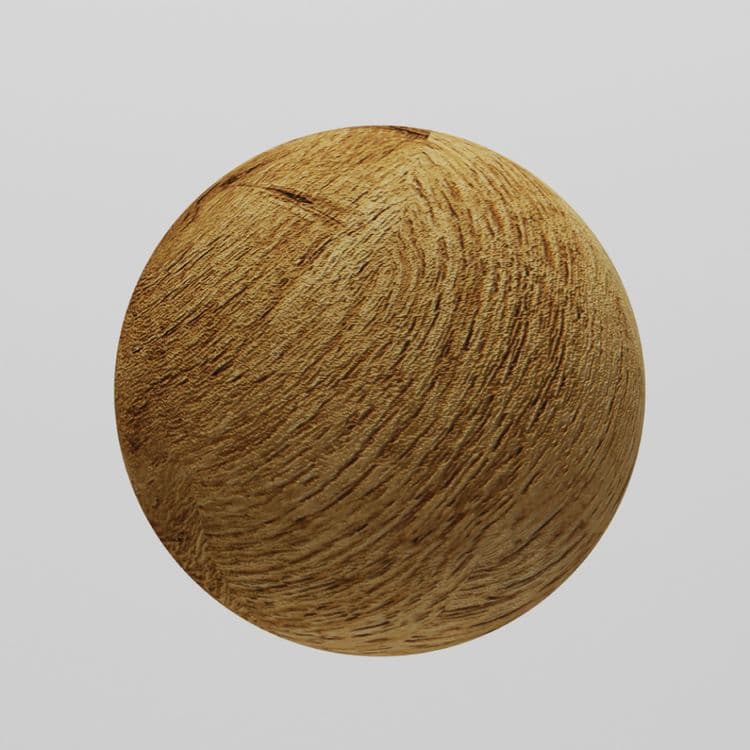
Bamboo
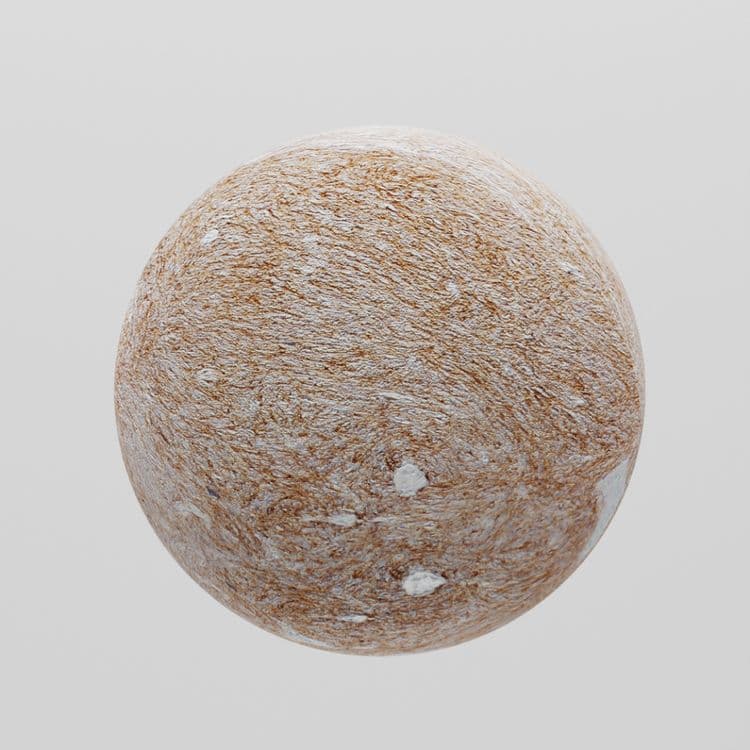
Mycelium
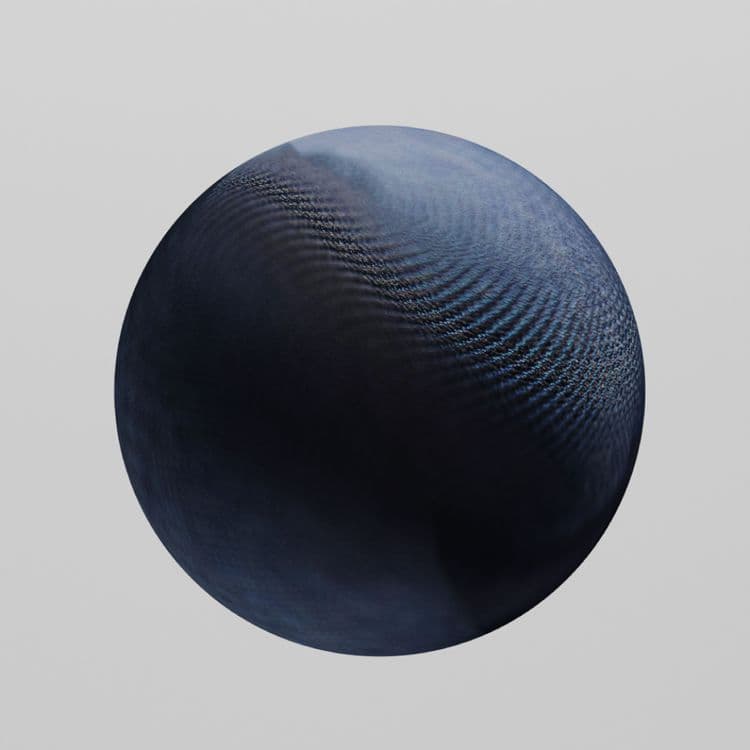
Silk
What's inside?
“Apart from absorbing large amounts of water, SAPs for applications such as disposable diapers and hygiene products must retain their absorbency under external pressures and in the presence of bodily fluid ions.” - Namalab's work
 something
somethingOther Available Reports
Expand your knowledge with our curated collection of industry-leading insights
Latest Design Stories
Weekly highlights from our community of innovators and pioneers